The ocean floor holds secrets most will never see – shipwrecks swallowed by time, forgotten cities claimed by rising tides, and in recent decades, something more intentional. Submerged sculptures, often massive in scale, have become a growing phenomenon, merging environmental messaging with artistic expression. But saltwater, currents, and marine life don’t discriminate between art and wreckage. That’s where divers like me come in, armed with scrub brushes, chisels, and an odd job title: underwater art conservator.
Descending into the Gallery
The first thing you notice isn’t the art—it’s the silence. Sunlight fractures into wavering beams as you sink past the boundary where recreational divers typically linger. Below 30 feet, the world slows. Your exhales erupt in silver bubbles that race toward the surface, while your fins stir up lazy clouds of sediment. Then, shapes emerge from the blue gloom: a circle of figures holding hands, their faces tilted upward; a child sitting at a desk, coral sprouting from its shoulders like strange epaulets; a crumbling wall etched with names, its surface alive with darting fish. These aren’t relics. They’re installations, deliberately placed, and like any museum piece, they require care.
Cleaning isn’t just about aesthetics. The Jason deCaires Taylor pieces off the coast of Cancún, for example, were designed with specific textures to encourage coral larvae to attach. Too much algae, and the sculptures become uninhabitable for the marine life they’re meant to nurture. Too little, and the larvae have nothing to grip. My job is balance—scrubbing away invasive growth while preserving the delicate ecosystems taking root in the crevices of a concrete face.
The Tools of the Trade (Or Lack Thereof)
Land-based conservators have labs, solvents, microscopes. We have waterproof flashlights and plastic scrapers. A paintbrush becomes a precision instrument when you’re floating 50 feet above the seabed, one hand gripping a barnacle-encrusted elbow of a statue to steady yourself. The irony isn’t lost on me—using marine-grade epoxy to reattach a finger to a sculpture while parrotfish watch, their beaks capable of chiseling limestone better than my tools. Sometimes, the ocean does the restoration work for us. I’ve returned to sites after a storm to find centuries of artificial aging erased by a well-placed wave.
Then there are the visitors. Not the human kind—though snorkelers can be a nuisance, hovering too close with their GoPros—but the permanent residents. A moray eel has taken up residence in the hollow chest cavity of The Silent Evolution’s central figure. It’s my least favorite spot to work. The eel, whom I’ve dubbed Bertrand, doesn’t appreciate housekeeping. He’s left me with two glove punctures and what I swear was a disapproving glare last Tuesday.
When Art Becomes Reef
The most surreal moments come when the sculptures stop being art and start being habitat. Cleaning a statue’s eyes only to have a school of angelfish pour out from behind its eyelids. Discovering that the "rust" on a metal plaque is actually a colony of feather stars, their arms undulating in the current like living flames. There’s a philosophical debate we have during surface intervals: Are we preserving the artist’s original vision, or are we midwives to something new? The sculptures change faster than anything on land. A piece installed six months ago might already be unrecognizable, its contours softened by sponges, its surface a mosaic of tube worms.
Documentation is its own challenge. Photographs require perfect buoyancy control—one errant fin kick clouds the water with sand. Notes must be written on slates with pencils that always seem to blunt at depth. I’ve taken to sketching changes in the margins: a sketch of a statue’s hand before a lobster claimed it as a hideout, the progress of a brain coral colonizing a forehead. These records might outlast the sculptures themselves.
The Weight of Memory
Not all underwater art is designed to evolve. Some are memorials, like the Circle of Heroes in Florida, twelve life-sized soldiers standing at attention in what was once a training ground for WWII divers. Their bronze faces are slowly dissolving, their rifles now home to sea urchins. Cleaning these feels sacred. We remove only the growth that accelerates corrosion, leaving the rest as a patina of time. It’s conservation as archaeology—every scrape of the scraper reveals details: a wedding ring on one statue’s finger, the laces on a boot, things meant to be seen by someone, once.
The water amplifies emotion in ways I can’t explain. Maybe it’s the nitrogen in my bloodstream at depth, but I’ve surfaced from these dives with tears mixing with seawater on my face. There’s grief in watching art disappear, even when that disappearance is intentional. We’re accustomed to permanence in museums—glass cases, climate control, stern guards. Down here, every visit could be the last time a statue looks recognizable. Tomorrow, a hurricane might rearrange them. Next month, a sponge might swallow an entire face.
A Profession That Shouldn’t Exist
In an ideal world, we wouldn’t need underwater conservators. The sculptures would be left to their fate, transformed or destroyed by the sea that inspired them. But grants require progress photos. Tour operators want Instagram-worthy backdrops. And if I’m honest, maybe we humans aren’t ready to fully relinquish control, even to nature. So we dive, we scrub, we document. We play god to art meant to surrender to the ocean, and in doing so, we learn how little control any of us really have.
Bertrand the eel bit my fin again yesterday. I’m starting to think it’s his statue now.
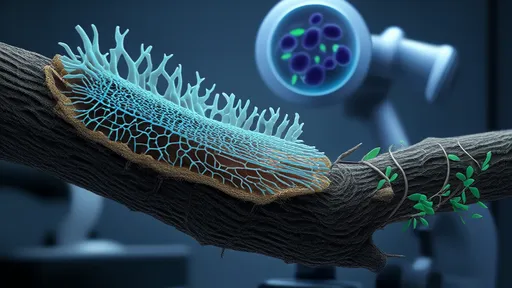
By /Jul 16, 2025

By /Jul 16, 2025
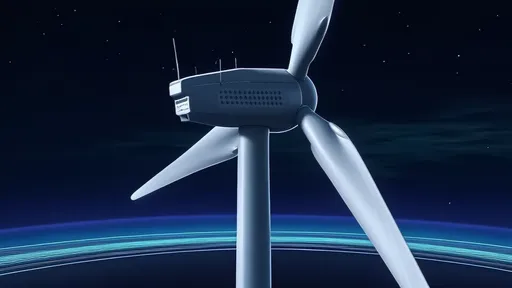
By /Jul 16, 2025

By /Jul 16, 2025

By /Jul 16, 2025

By /Jul 16, 2025

By /Jul 16, 2025
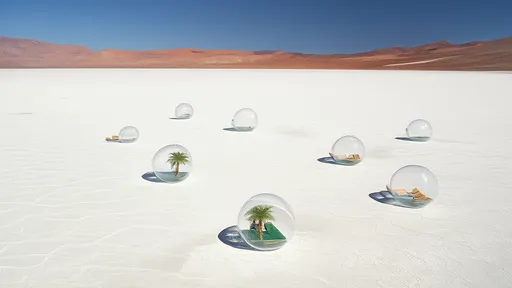
By /Jul 16, 2025
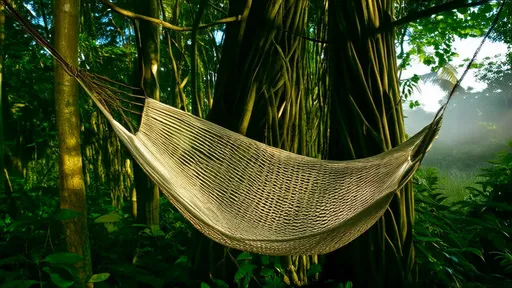
By /Jul 16, 2025

By /Jul 16, 2025
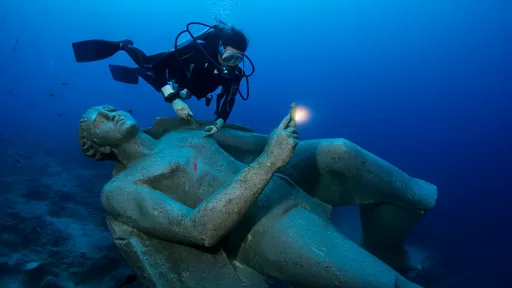
By /Jul 16, 2025

By /Jul 16, 2025

By /Jul 16, 2025
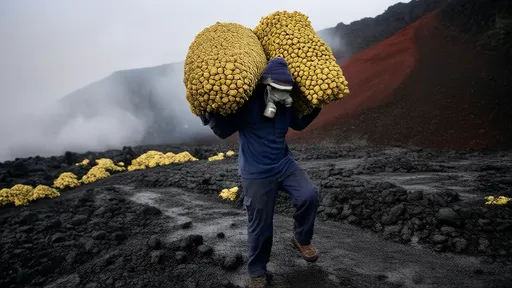
By /Jul 16, 2025
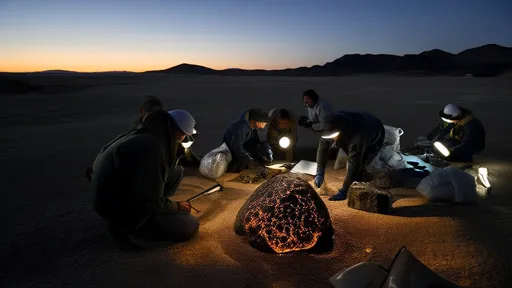
By /Jul 16, 2025
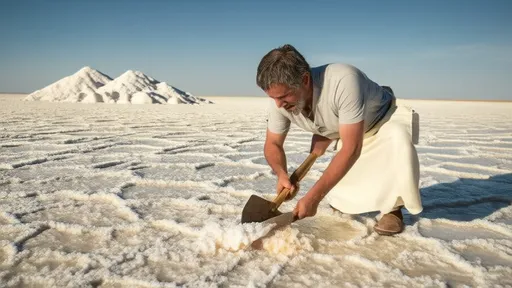
By /Jul 16, 2025
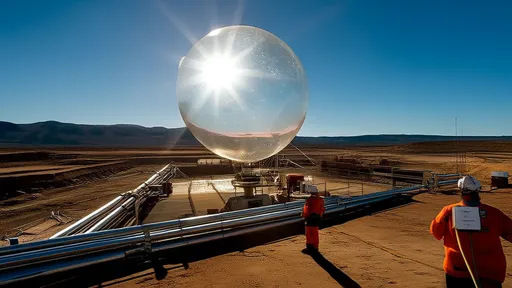
By /Jul 16, 2025

By /Jul 16, 2025